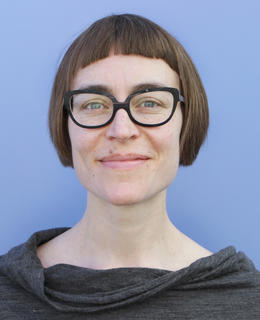
Dr. Signe Bray
Positions
Associate Professor
Cumming School of Medicine, Department of Radiology
Scientific Director
Child and Adolescent Imaging Research Program
Full Member
Hotchkiss Brain Institute
Full Member
Mathison Centre for Mental Health Research and Education
Child Health & Wellness Researcher
Alberta Children's Hospital Research Institute, Owerko Centre
Adjunct Associate Professor
Associate Professor
Cumming School of Medicine
Contact information
Web presence
Phone number
Office: 403.955.7389
For media enquiries, contact
Kelly Johnston
Senior Communications Specialist
Please submit your media request here
Background
Educational Background
B.S. Computer Engineering, University of Waterloo, 2003
Doctor of Philosophy Computation and Neural Systems, California Institute of Technology, 2008
Biography
I study the brain, how it develops, and how it is affected in mental health and neurodevelopmental disorders. I use functional and structural magnetic resonance imaging (MRI) to study learning and cognition, with a focus on cognitive development and the effects of neurodevelopmental disorders on the brain. My research goals are to apply neuroimaging to better understand how developmental changes in brain architecture affect information processing, and how structural alterations, resulting from developmental disorders, lead to cognitive difficulties. I am also interested in the effects of learning and practice on brain activity, structure and behavior.
Within the HBI I participate in the Mathison Centre for Mental Health and Neurodevelopment priority areas.
Research
Areas of Research
Dr. Signe Bray uses functional and structural magnetic resonance imaging (MRI) to study learning and cognition, with a focus on cognitive development and the effects of neurodevelopmental disorders on the brain. Her research goals are to apply neuroimaging to better understand how developmental changes in brain architecture affect information processing, and how structural alterations, resulting from developmental disorders, lead to cognitive difficulties. She is also interested in the effects of learning and practice on brain activity, structure and behavior.
Participation in university strategic initiatives
Publications
Are you the profile owner?
Login to edit.
